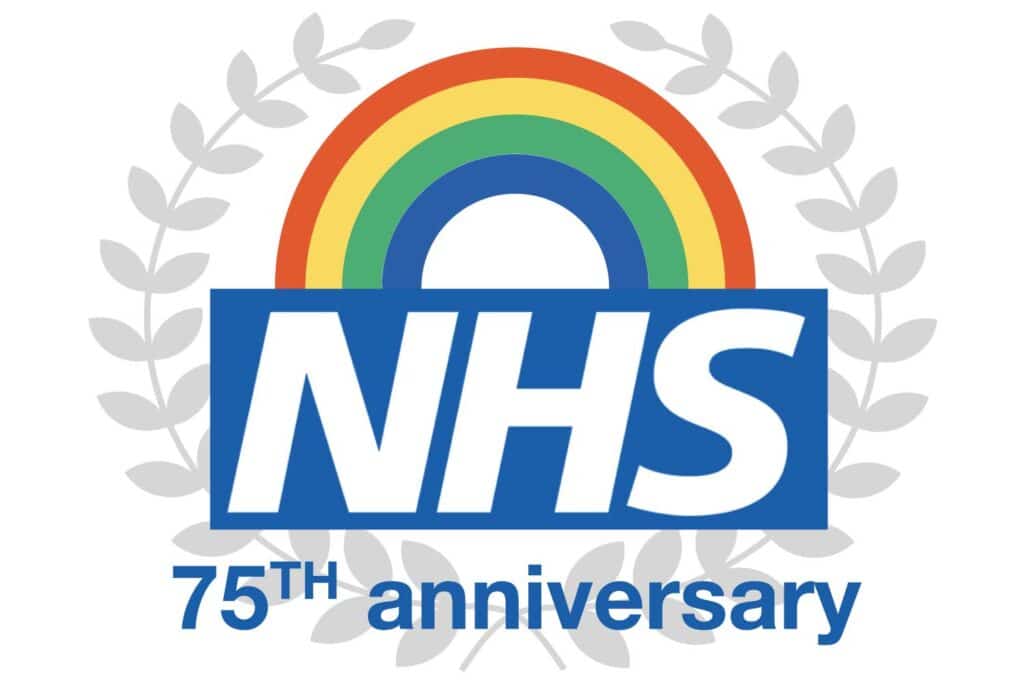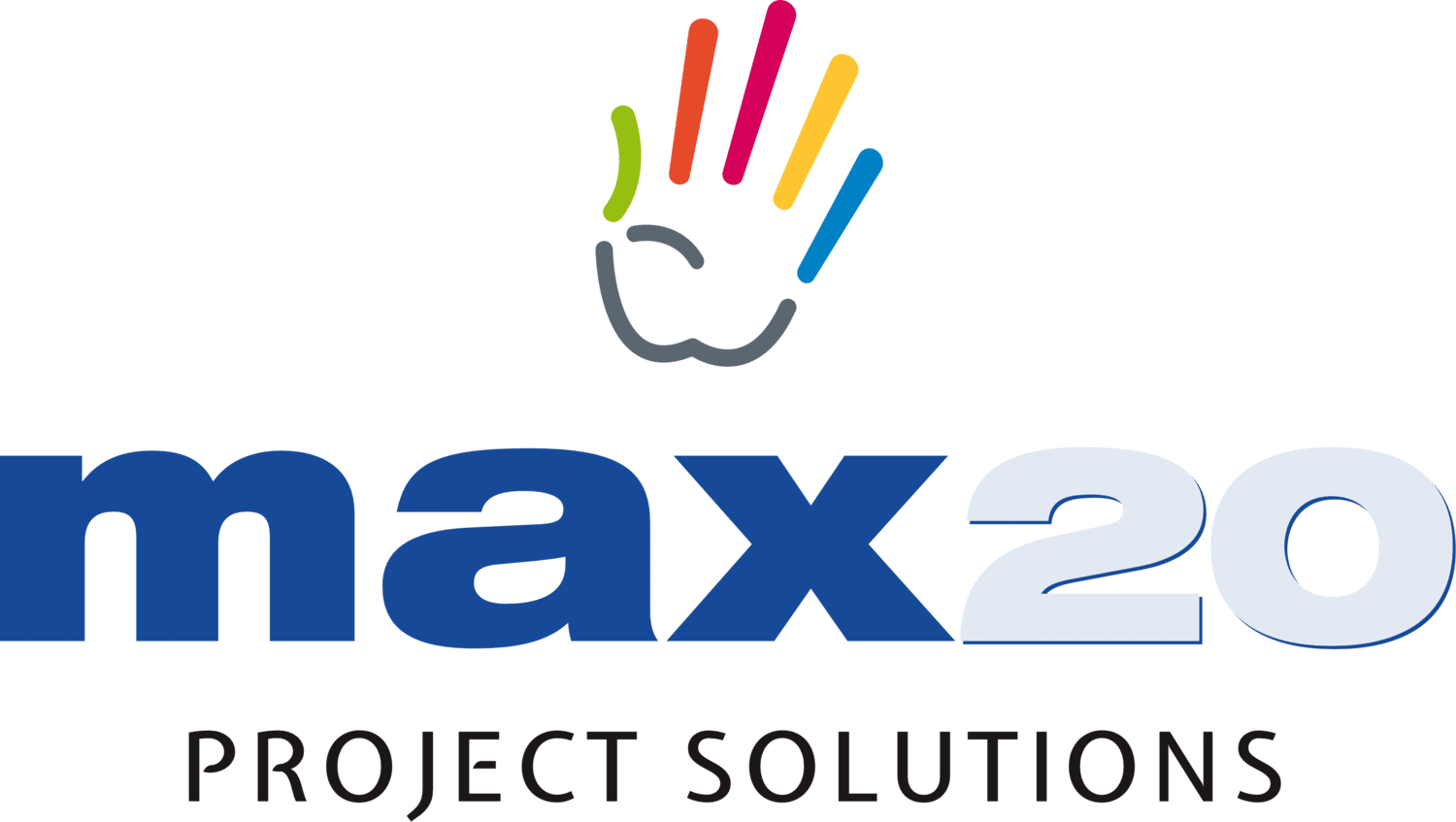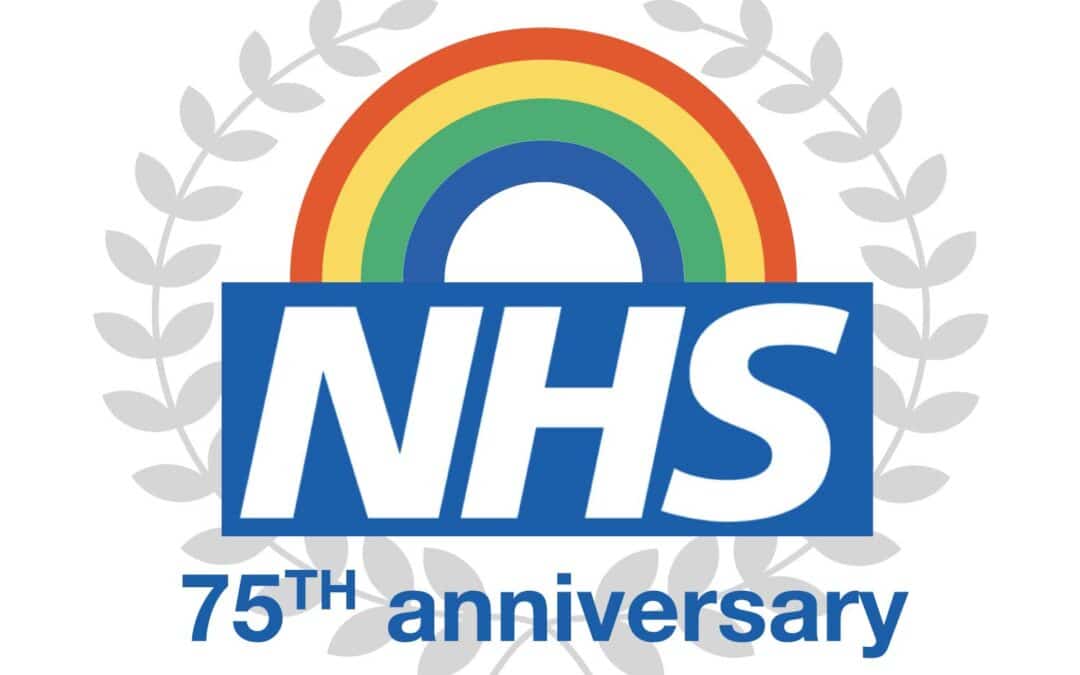max20 have been helping the NHS to achieve digital transformation for over 20 years. As the NHS celebrates its 75th anniversary, Don Tomlinson of max20 reviews a new report on how technology can help it meet the challenges ahead
The launch of the NHS on 5 July 1948 more than doubled the number of people entitled to free healthcare – from 22 million to 50 million.
Suddenly even the poorest in society had access to treatments that were previously out of reach. The government feared a run on surgeries and the public were warned to behave sensibly as there was ‘no fairy wand’ to create new doctors and nurses overnight. A recruitment campaign was launched to meet the new-found demand.
Seventy-five years on, the NHS is rightly regarded as a national treasure – but we are all well aware of the strains on the system. As we celebrate the anniversary, the government has announced plans for a new recruitment drive, the biggest in health service history. However, increasing the workforce by itself will not be enough to meet the challenges. Technology already plays a key role in healthcare and will have to play an even bigger role in the future.
In the new NHS Long Term Workforce Plan – the first such plan in the service’s history – the government acknowledges this. It sets out its goals to train, retain and crucially to reform – to find new ways to improve productivity. It admits that limited investment in technology in the past has affected productivity and its goals will require ‘a significant increase in funding for technology and innovation’.
The fact is that in terms of NHS productivity, the ‘easy wins’ have largely been achieved. Modern surgery techniques and advances in care mean that overnight hospital stays are now unnecessary in many cases. The service now needs to move procedures out of hospital altogether and into the community where possible, and to use technology to reduce admin costs – measures which the report estimates will improve productivity by between 1.5% and 2%.
However, there is scope to do much more and the report identifies some of the most promising technologies:
Artificial Intelligence – established in 2020, the NHS AI Lab is one of the world’s largest programmes of its type and is already demonstrating how AI can free up staff time and improve efficiency. For example, it is helping to speed up diagnostics by offering a ‘first reader’ service for images and X-rays, automating processes and using speech recognition to record documents. In the longer term, it could support predictive analytics and preventative healthcare.
Robotic process automation (RPA) – all 42 integrated care systems already use RPA to automate back-office tasks along with 61% of acute trusts and 32% of community or mental health trusts. If fully implemented, the report says it could save 2.9 million working days in the next decade.
Remote monitoring – its use has already increased since Covid, saving time for medics and enabling patients to manage their own conditions. The NHS aims to extend that for use in adult social care and for conditions such as cardiac and respiratory disease and increase the number of beds in ‘digital wards’, which provide hospital-level acute care to patients at home, from 7,500 to 10,000 by winter 2023.
Of course, the adoption of any technology needs to be grounded in real-life evidence and backed by a robust governance framework. And no technology can ever replace the relationship between clinicians and patients. But the fact is that by reducing demands on staff, technology could give them more time to spend with patients. And in addition to improving efficiency, it could also transform patient care.
At max20 we have spent over 20 years helping the NHS to achieve digital transformation, and witnessed the challenges and the benefits. We look forward to playing a key role in its future.


